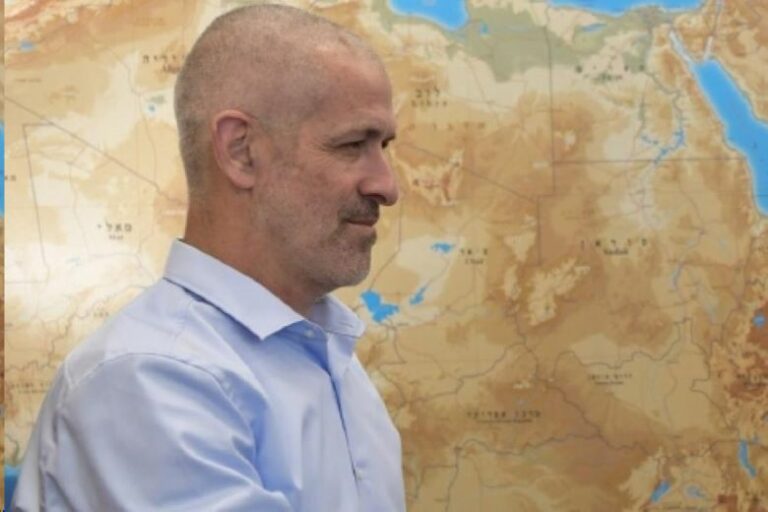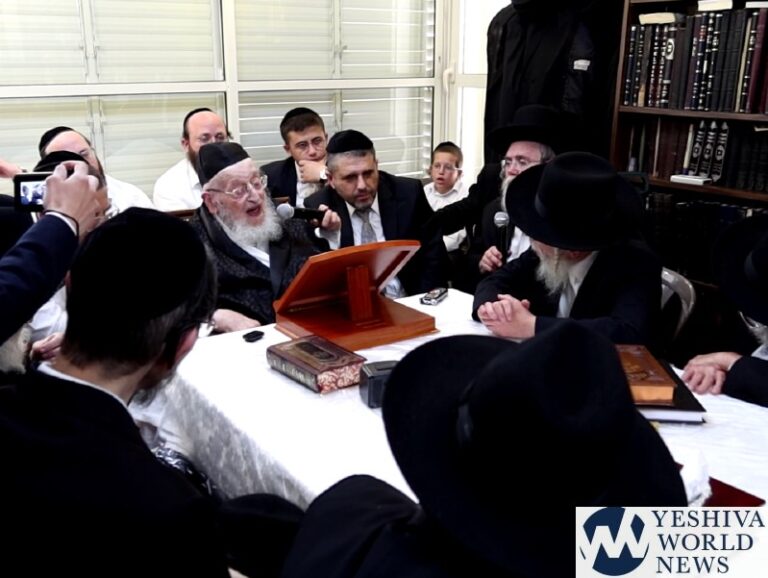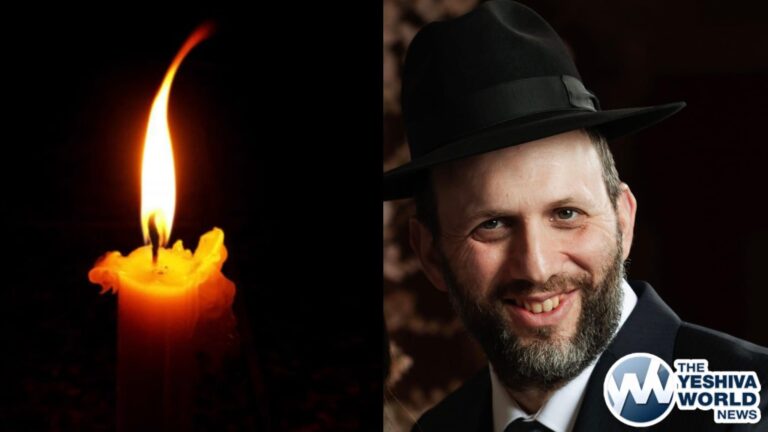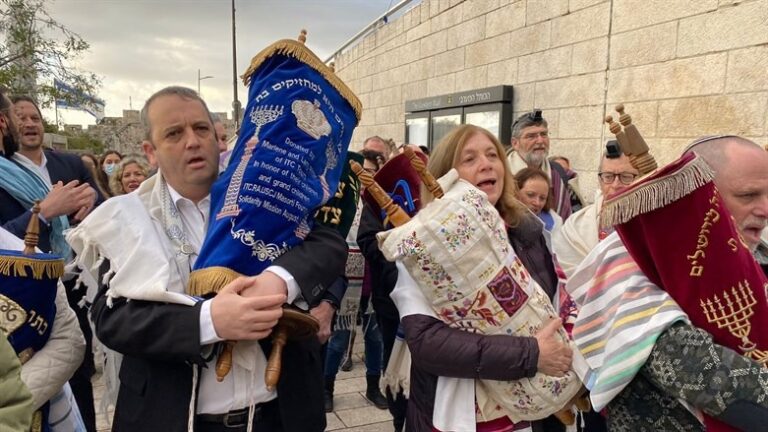V’ham’lacha haysa dayam l’kol ham’lacha la’asos osah v’hosar (36:7)
There seems to be an internal inconsistency in our verse with which a number of commentators grapple. The Torah says simultaneously that the communal work for the Mishkan was both sufficient, which would seem to imply that it was exactly enough, and that there remained leftovers. How can these two apparently contradictory statements be resolved?
Rav Mordechai Kamenetzky relates that a small town once held a tightly-contested election for mayor. After all of the ballots were counted, a victor emerged by a narrow margin of one vote. His initial joy over winning the election quickly dissipated when every person he encountered claimed that the vote which represented the winning margin was his, and demanded that the new mayor remain indebted to him throughout his term in office.
Similarly, the Sichos Tzaddikim suggests that if the donations for the Mishkan had been precisely sufficient, every contributor would claim that the success of the Mishkan was dependent upon his personal contribution, without which the entire project would have failed. This would result in tremendous communal conceit, and the Gemora in Sotah (5a) teaches that arrogant people prevent the presence of the Shechinah. As the entire purpose of the Mishkan was to create a place for Hashem’s Presence to rest, it was necessary that the donations be slightly more than required in order to be considered sufficient.
Vaye’tzapeihu zahav tahor mi’bayis u’michutz (37:2)
Rav Chaim Volozhiner once asked his teacher, the Vilna Gaon, to help him understand a difficult passage in the Zohar HaKadosh. The Gaon responded by noting that with regard to the Aron, which was made of wood, the Torah writes that it should be covered with gold on the inside and on the outside.
However, Rashi explains (25:11) that first the wooden box was placed inside the larger golden box, and the smaller golden box was then placed inside of both of them. According to Rashi, the Aron was first covered on the outside (by the larger golden box) and only afterward on the inside (by the smaller golden box). If so, why did the Torah reverse the order, instructing that it should be covered first on the inside?
Rather, we must reinterpret our verse as referring not to the wooden Aron but to the golden coverings. With respect to the golden boxes, the covering occurred in the order prescribed by the Torah, as the wooden Aron first covered the inner walls of the larger outer box and subsequently covered the outer walls of smaller inner box. However, we now must understand why the Torah chose to write the instructions in such a convoluted manner.
The Gaon proceeded to explain that the wooden Aron symbolizes man, who is compared to a tree, and the two golden boxes represent the Torah, the outer one corresponding to the revealed Torah and the inner one to the mystical secrets of Kabbalah. The Torah wrote our verse in this confusing way to hint to us that just as the revealed Torah is covered by the Aron (representing man) on its inside, so too are we able and expected to penetrate to its deepest depths of understanding.
However, when it comes to the hidden areas of the Torah, the Aron only covers the external side to teach that it is impossible to completely plumb its innermost secrets, and we sometimes must content ourselves with whatever superficial understanding we are able to attain. With that, the Vilna Gaon dismissed his surprised student to reflect upon this unexpected “answer” to his question regarding the esoteric Kabbalistic passage.
U’Betzalel ben Uri ben Chur l’mateh Yehuda asah es kol asher tzivah Hashem es Moshe (38:22)
In discussing the construction and assembly of the Mishkan and its vessels with Betzalel, Rashi writes that Moshe initially suggested that the vessels should be built before the Mishkan itself. Betzalel disagreed and maintained that the structure should be constructed before its contents so that the utensils would have a place to rest upon their completion, a position to which Moshe subsequently acquiesced.
Rav Nachman Shmuel Yaakov Miodoser wrote a commentary on the Torah called Amudei Shmuel and published it together with a sefer called Amudei Yehonason by Rav Yonason Eibeshutz, from whom Rav Miodoser was descended. The work contains a letter of approbation from Rav Chaim Soloveitchik, but interestingly, the author writes that after Rav Chaim reviewed the manuscript, he requested that the first piece in the sefer, be removed from the work.
In the piece in question, Rav Miodoser suggested that the dispute between Moshe and Betzalel is connected to the argument between Beis Hillel and Beis Shammai (Chagigah 12a) about which was created first, the earth or the heavens, and used this concept to explain a perplexing Medrash. Rav Chaim maintained that this interpretation is problematic, as it would mean that there are legitimate opinions that disagree with Moshe, but no human being has the ability to argue with him.
Rav Miodoser attempted to defend himself by noting that the renowned Panim Yafos gives a similar explanation, but even so, Rav Chaim requested that it not be included. The author promised that he would do his utmost to remove the controversial piece, but when he arrived at the printer in Warsaw, he discovered that it had already been printed. As nothing could be done at that point to remove the section from the sefer, the author instead appended a note recording this exchange in order to make Rav Chaim’s opinion known.
Similarly, two of the Baalei Tosefos, Rabbeinu Tam and Rav Eliyahu of Paris, disagreed whether the correct interpretation of the Torah’s command (Devorim 6:8) regarding tefillin u’keshartem – you shall bind them – is that a person must tie anew the knot on his tefillin each day, or whether it is sufficient to bind the tefillin to one’s arm via its straps (see Tosefos Chullin 9a d.h. v’idach). The Seder HaDoros (4930) cites the sefer Shalsheles HaKabbalah, which records that Moshe was mystically asked to clarify the issue. Moshe responded that there is indeed an obligation to tie a new knot in one’s tefillin each day, in accordance with the opinion of Rav Eliyahu, at which point Rabbeinu Tam rejected Moshe’s opinion by bringing proofs to his position that a new knot is not required, and he said that Moshe was in error.
Rav Chaim commented that this story is considered heretical and it is forbidden to believe it. He explained that the Torah is referred to as “Toras Moshe,” and if in fact Moshe said that the true understanding of the word u’keshartem is that one must tie a new knot daily, there is no way to disagree with him and it is therefore impossible that this story is accurate, as Rabbeinu Tam never would have said that Moshe was mistaken.
Answers to the weekly Points to Ponder are now available!
To receive the full version with answers email the author at [email protected].
Parsha Points to Ponder (and sources which discuss them):
1) Rashi explains (35:2) that the Torah preceded the commandment to keep Shabbos to the requirement to build the Mishkan to teach us that its construction doesn’t take precedence over observing Shabbos, and it may only be built during the six days of the week. If the primary focus of this section is the laws of the Mishkan, why did the Torah repeat the mitzvah of Shabbos at such length to teach this lesson in such a roundabout manner instead of succinctly and directly commanding, “You shall not build the Mishkan on Shabbos?” (Yishm’ru Daas)
2) The Torah emphasizes (35:21) that the artisans who assisted in the construction of the Mishkan were those whose hearts inspired them. Why was this necessary for their success, and what lesson is it coming to teach us? (Ramban, Daas Torah)
3) The Gemora in Menachos (99a) derives from 40:18 that it is permitted to increase an item’s level of holiness, but not to decrease it. Is it permissible to transfer an object in a manner that preserves it in its original level of holiness, such as selling one Sefer Torah in order to purchase another one, or is it forbidden to do anything to it which doesn’t result in an actual increase in its holiness? (Ran and Meiri Megillah 25b, Bach Orach Chaim 153, Shulchan Aruch Orach Chaim 153:4, Magen Avrohom 153:4)
4) Parshas HaChodesh contains the mitzvah of sanctifying the new moon (12:2). We cannot do this mitzvah today, but we commemorate it by saying Kiddush Levanah. Why is no Shehechiyanu blessing said when reciting Kiddush Levanah? (Eliyah Rabbah O. C. 426:1, Shu”t K’sav Sofer O. C. 34)
© 2013 by Oizer Alport.










